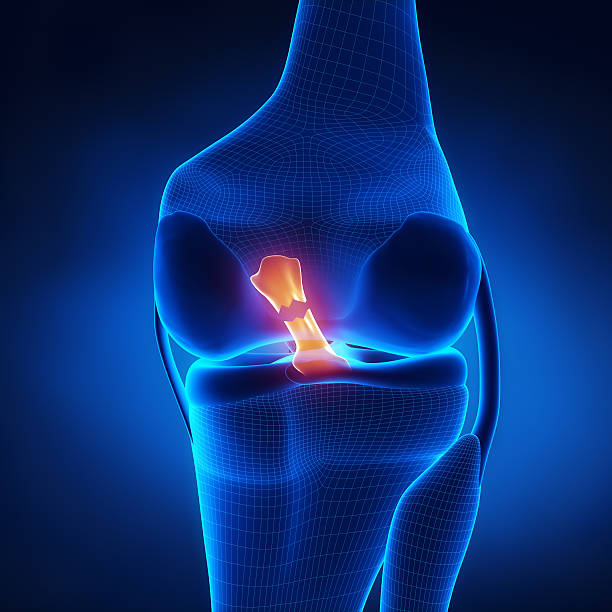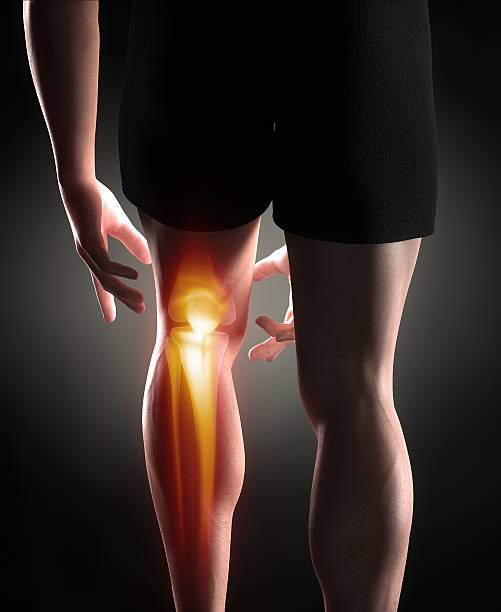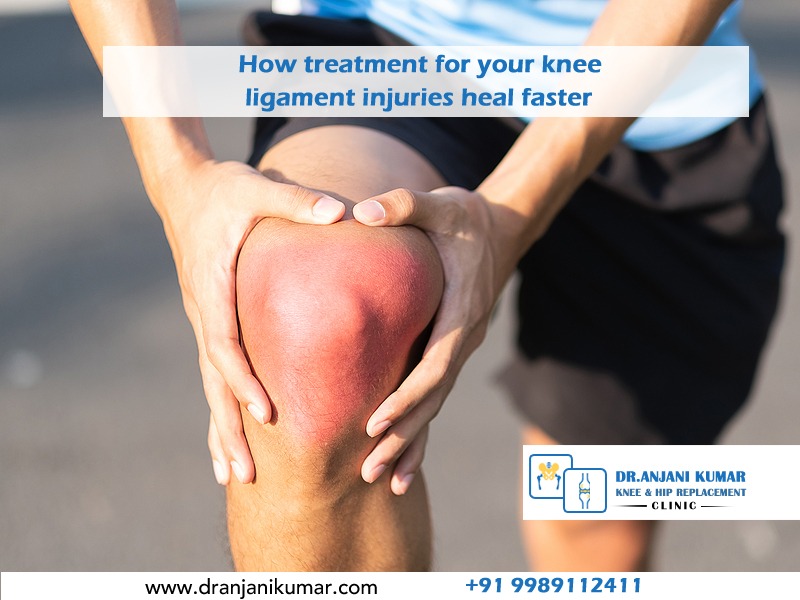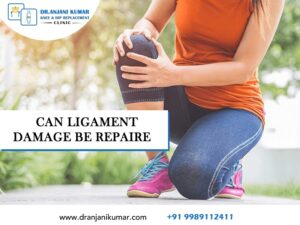Anyone can get hurt at any age, but few people get hurt under unpredicted circumstances. Only a small percentage of professionals are prone to knee ligament injuries all the time. Numerous things, such as abrupt movements or trauma, overuse, and underlying joint problems, can result in knee ligament injury.
Main causes for knee ligament injury:
The following are some typical reasons for knee ligament injuries:
Sports-related injuries: Sports like basketball, football, and skiing can result in knee ligament injuries. A rapid change in direction, a collision with another player, or a tumble can all result in these injuries.
Overuse: When the knee ligaments are repeatedly stressed without enough time to recuperate, overuse problems develop. It can occur in athletes who overtrain or in individuals who perform repetitive knee-intensive activities like jogging or leaping.
Age and wear & tear: Our knee ligaments may weaken and become less flexible, making them more prone to injury. Injuries to the knee ligaments can also be caused by wear and tear.
Obesity: Being overweight increases the strain on the knee ligaments and raises the chance of injury.
Genetics: Genetic variables that impact the strength and shape of a person’s ligaments may make certain persons more vulnerable to knee ligament injury.
Pre-existing conditions: Arthritis, for example, might weaken the knee ligaments and raise the risk of injury.
It’s crucial to take precautions to avoid knee ligament injuries, such as using the proper safety gear while participating in sports, gradually increasing physical activity, maintaining a healthy weight, and putting in the effort to strengthen the muscles surrounding the knee.
Symptoms of a knee ligament injury:
Depending on the damage’s severity and which knee ligament is impacted, different symptoms may be present.
However, a few typical signs of knee ligament damage include:
Pain: An injured knee ligament frequently causes pain near the knee joint. A single portion of the knee may experience localized pain ranging in intensity from mild to severe.
Swelling: Another typical sign of a knee ligament injury is swelling. Moving or bearing weight on the affected leg might be challenging when the knee is swollen and rigid.

Instability: Knee ligament damage can make it difficult to walk or stand because the knee joint feels shaky. You can have knee weakness or doubt your ability to rely on your knee to sustain your body weight.
Bruising: One typical symptom of damaged knee ligaments is bruising near the knee joint. The bruises could only be in one spot on the knee, or they might cover the entire thing.
Limited range of motion: Knee ligament injuries can limit your range of motion by making it difficult to bend or straighten your knee.
Consult a doctor for an appropriate diagnosis and treatment plan if you think you may have damaged knee ligaments.

Treatment of knee ligament injury and how it helps in healing:
Depending on the degree and injured ligament(s), the course of treatment for knee ligament injuries can vary. There are, however, certain general actions you can take to aid in healing and hasten the healing process:
Rest: Rest is crucial to the healing process for knee ligament injuries. Use crutches or refrain from weight-bearing activities as necessary to keep pressure off the injured knee.
Ice: Putting ice on the knee might aid with pain relief and swelling reduction. You can apply ice for 15-20 minutes at a time, several times daily.
Compression: Supporting the knee joint and reducing swelling are two benefits of using a compression bandage or brace.
Elevation: Elevating the injured leg can also aid in dilating it. Wherever possible, try to maintain the knee over the heart.
Physical therapy: Physical therapy can aid the damaged knee’s flexibility, strength, and range of motion. A physical therapist can create a customized training regimen to aid your recovery.
Avoid high-impact exercises: Exercises that put a strain on the knee, such as running, jumping, or playing contact sports, may make the problem worse. As soon as you start feeling better, refrain from doing these things.
Wear appropriate footwear: Wearing footwear that provides adequate support will decrease the risk of subsequent damage and encourage the knee joint’s proper alignment.
Utilise aids: Crutches or a knee brace can support the knee joint and ease strain on the affected ligament.
Maintain a nutritious diet: A well-balanced diet rich in protein, vitamins, and minerals can aid healing.
Get enough sleep: The body needs enough sleep to restore itself.
Pay attention to your doctor’s instructions: Depending on the degree and type of your injury, your doctor may prescribe drugs, suggest a certain kind of physical therapy or surgery, and offer additional advice. To ensure optimum recovery, heed their advice.
Surgery: Surgery may occasionally be required to heal a serious knee ligament injury.
Being patient and giving your body time to recover from a knee ligament injury is crucial. Returning to usual activities or the healing process too quickly can exacerbate an injury or do more harm.
Depending on the patient and the unique circumstances of their accident and treatment, ACL surgery can differ. Always consult your healthcare physician for specific advice on accelerating your ACL healing.
Knee replacement surgery may be recommended in advanced cases, especially if the joint has collapsed or the bone has become severely deformed.
Dr Anjani Kumar has 20 years of experience and successfully performed 2000 knee replacement surgeries, 350 hip replacement surgeries, and 500 pelvic acetabular surgeries throughout his career. Please get in touch with us on Mobile: at +91 9989112411 and by E-mail: anjanikumar@ gmail.com




